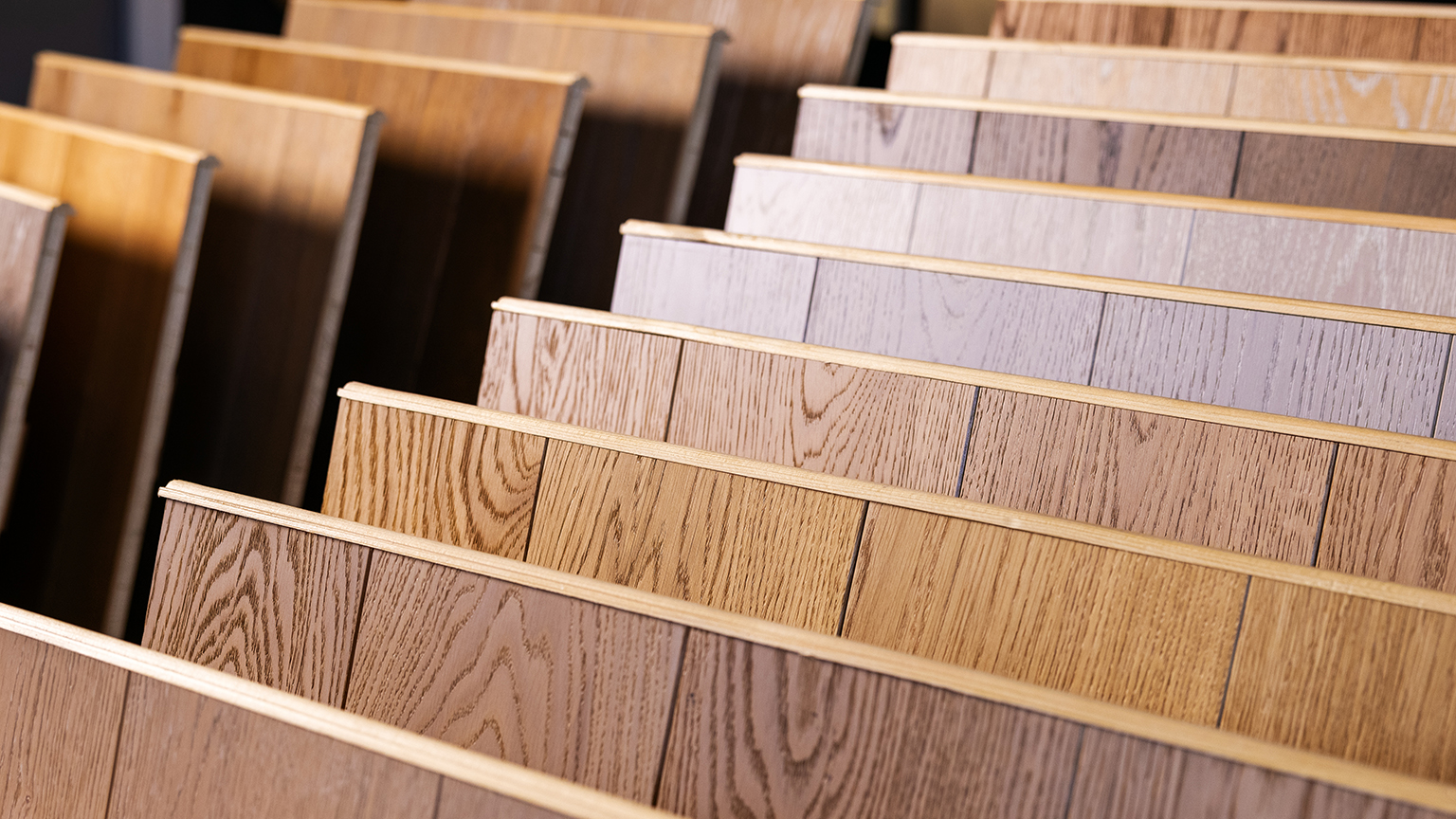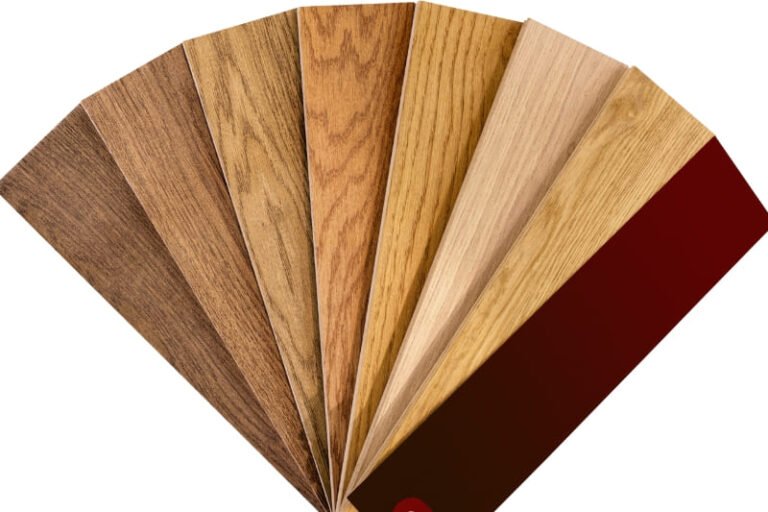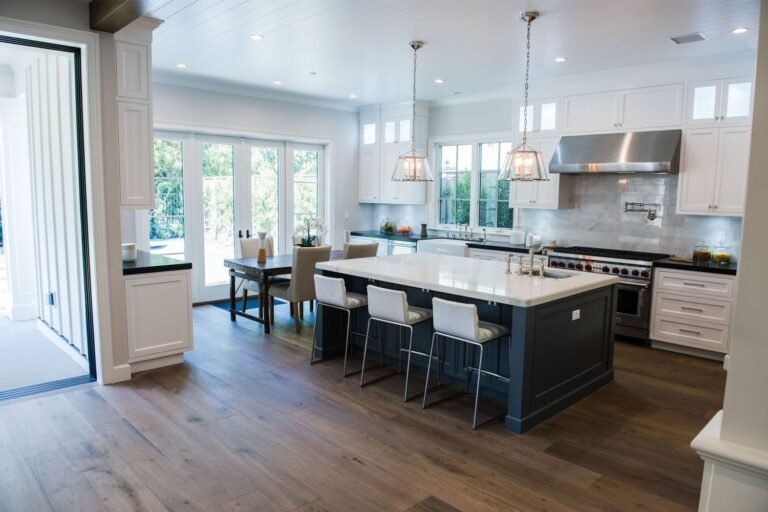Beyond the Surface: Exploring the Lamella Layer in Engineered Flooring
Engineered wood flooring offers remarkable versatility, making it an excellent choice for spaces where temperature and moisture levels fluctuate, including both residential and commercial settings. Moreover, it’s particularly well-suited for installation over underfloor heating systems. The growing popularity of engineered wood flooring in recent years can be attributed to its practicality and aesthetic appeal.

What sets engineered wood flooring apart is its top layer, known as the lamella. This top layer is constructed using a combination of cleverly bonded layers of plywood or high-density fiberboard (HDF), which are then topped with a solid wood lamella. This unique construction allows for a wide range of wood species to be used for the lamella, enabling you to achieve your desired color and look for your project.
The key to distinguishing the quality and appearance of engineered wood flooring lies in how the lamella layer is cut from the log of the tree species used. There are three primary cutting methods: sliced cut or peel, rotary cut or peel, and dry, solid sawn.
Dry, solid sawn lamella layers represent the pinnacle of lamella quality. This process involves carefully drying the wood to remove humidity slowly, resulting in a durable and visually appealing final product.
Rotary cut or rotary peel lamella top layers are created by boiling the log, making it easier to scrape the top layer of wood from the outside. This layer is then pressed flat, resulting in a board that somewhat resembles plywood and is less resistant to cupping compared to dry, solid sawn options.
Lastly, the sliced cut or sliced peel lamella is a top layer that’s cut from the end of the log after boiling, producing a stable top layer with a pleasing appearance.
When assessing the quality of your engineered wood flooring, the lamella or top layer is a crucial factor. Manufacturers typically mark the wood species and thickness of the lamella layer, but your wood flooring supplier should also provide information on how the lamella was recovered from the log. This information will help you make an informed decision about your flooring choice.
If your wood flooring supplier cannot provide these details, it might be wise to seek out another supplier who can offer the necessary information. Additionally, don’t forget to inquire about the adhesive used to affix the lamella to the core board, as different adhesive options can result in varying qualities of finish and wear. Be sure to consult your supplier for guidance before making your final decision
Oak is a top choice for furniture and flooring due to its incredible toughness, thanks to the age of the oak tree before it’s harvested. Oak trees can live for centuries, symbolizing strength and trust.
Oak wood is exceptionally strong, resistant to insects and fungi, and has historical uses in shipbuilding, wine aging, and more. Oak flooring suits both traditional and modern interiors with a range of colors, from light gray to warm honey tones.
The primary oak producers are the United States and Europe. Whether you choose American or European oak, consider the grade and color based on your desired look and budget.
European oak is hard, durable, and has consistent dimensions. It’s sought after for its durability and aesthetics.
White oak (Quercus alba) is common in North America, producing wide planks. Red oak is also exported. American oak quality is noted for its consistency, but watch out for wood drying methods.
Ultimately, your choice between American and European oak depends on personal preferences and considerations like distance traveled. Ensure your supplier confirms sustainable sourcing and meets your requirements.
















